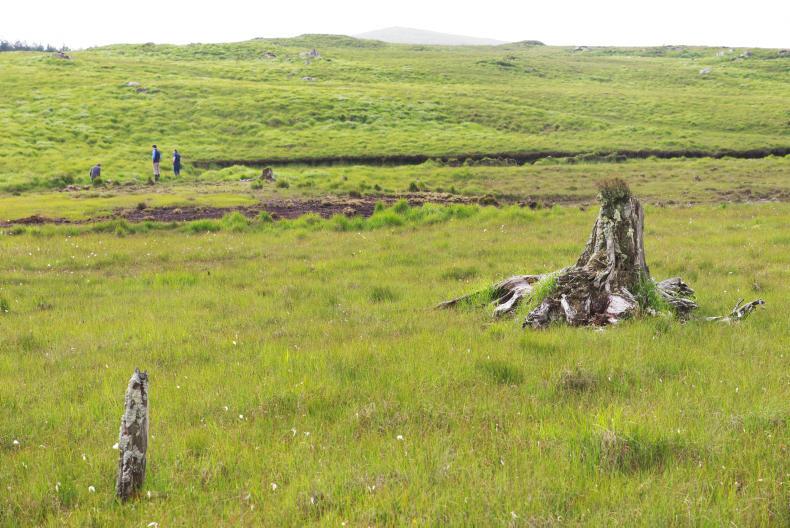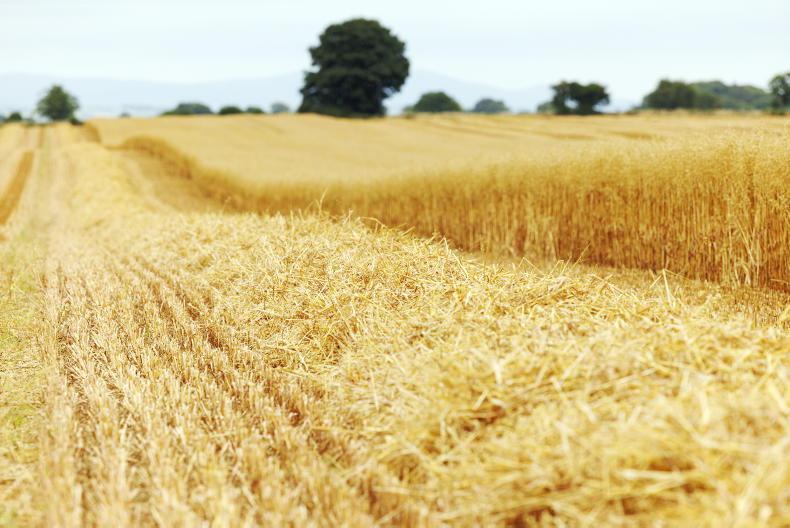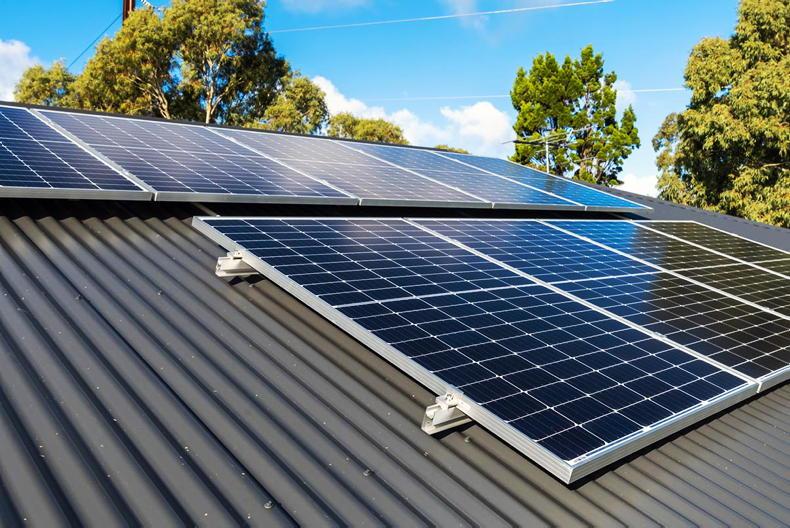New land designation proposals from Europe have been called the “mother of all designations” by the Irish Natura and Hill Farmers Association (INHFA), which is warning that the effects will be felt far beyond hill farms.
The European Commission proposal to strictly protect land already designated and peatland in Ireland has been met with anger from farmers in the western region.
INHFA director of organisation Vincent Roddy told a meeting in Williamstown, Co Galway, last week that if strict protection designations are applied, farmers will effectively be prevented from farming.
“If a strictly protected designation is applied, you’ll effectively be stopped from farming it.
So they’ll stop everyone farming it and then the only option you’ll have is what the State offers you
“Now, they might say that you’ll be able to carry on on a limited scale, and you might, but it will be really limited.
“The strictly protected designation is rewilding by another name. So they’ll stop everyone farming it and then the only option you’ll have is what the State offers you in a rewetting programme. That’s why we believe we have to watch this proposal,” he said.
Designations are often seen as a hill issue. In this case, the proposal is far from a hill issue
Roddy warned that the planned new designation will be much more extreme than what is currently there.
“What’s coming is definitely the mother of all designations and it is going to impact on farming. It is going to impact on communities,” he said.
His comments were echoed by Brendan Joyce, vice-president of INHFA.
“Designations are often seen as a hill issue. In this case, the proposal is far from a hill issue,” he said.
What is strict protection?
The Commission wants at least 30% of EU land to be protected by designations, an increase of 4% from what is already protected.
Of that 30%, it wants 10% to be strictly protected, along with “significant areas of other carbon-rich ecosystems, such as peatlands [and] grasslands”.
The Commission has said that “strict protection does not necessarily mean the area is not accessible to humans, but leaves natural processes essentially undisturbed to respect the area’s ecological requirements”. Member states will be responsible for designating the additional protected and strictly protected areas.









SHARING OPTIONS